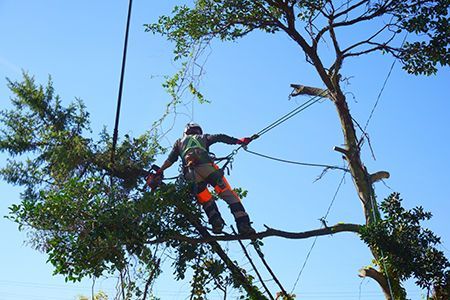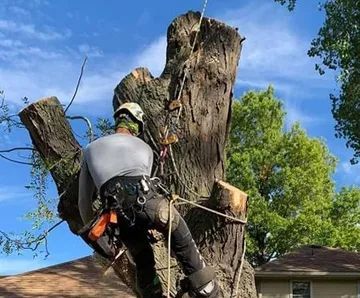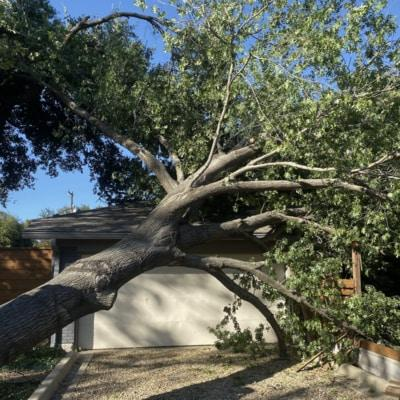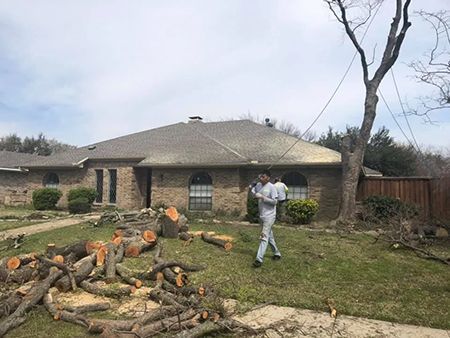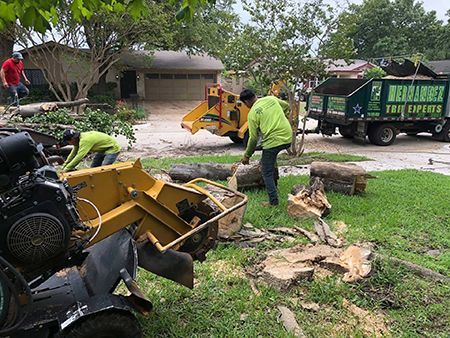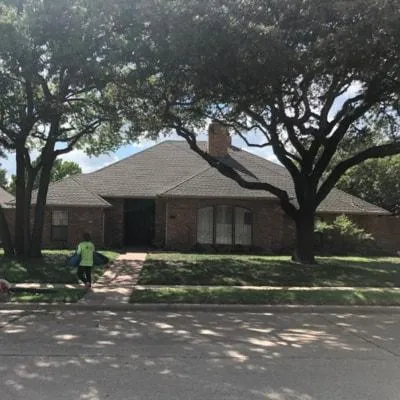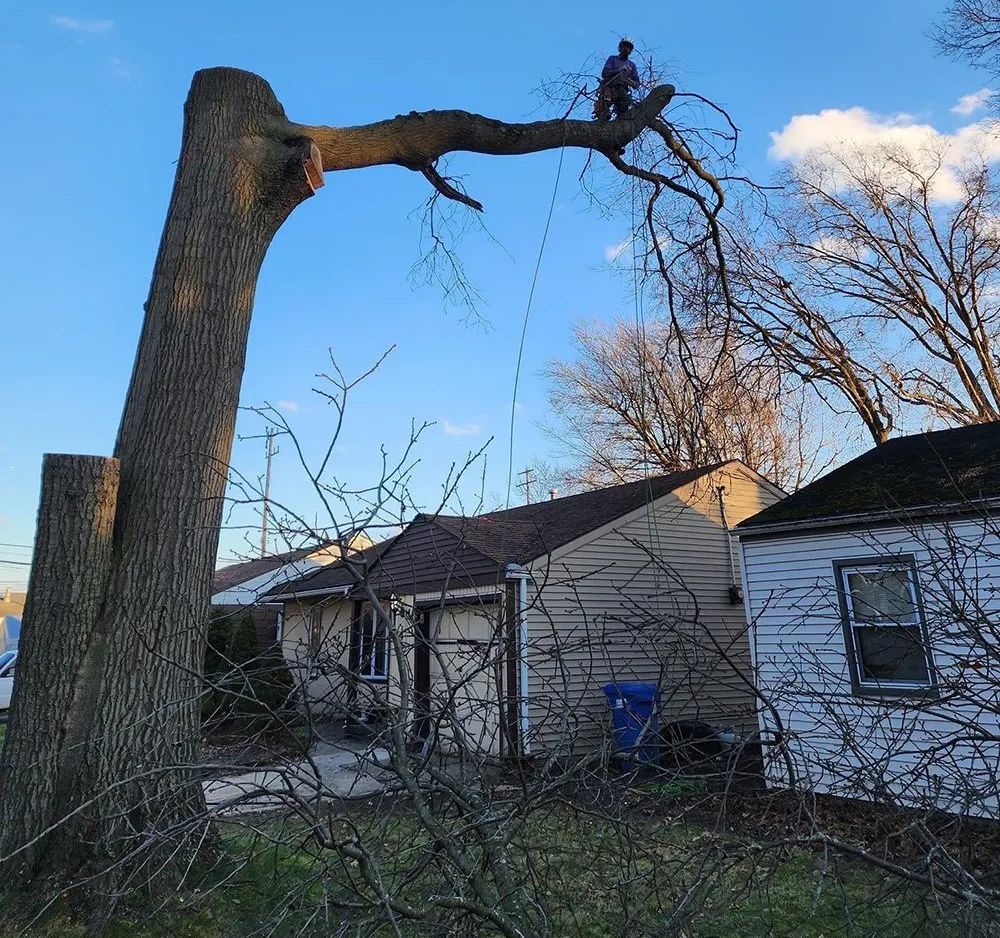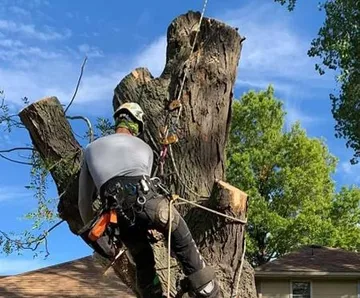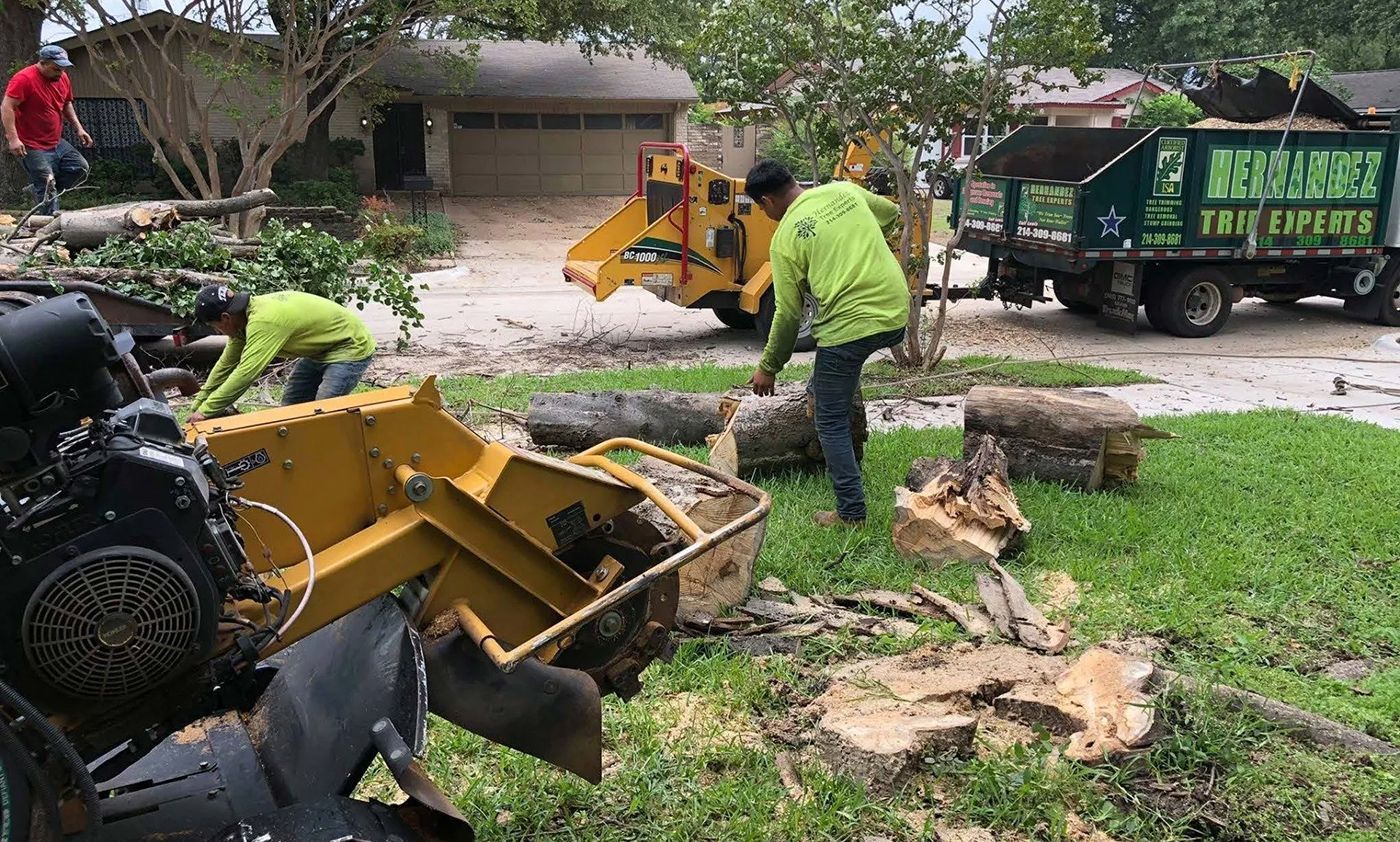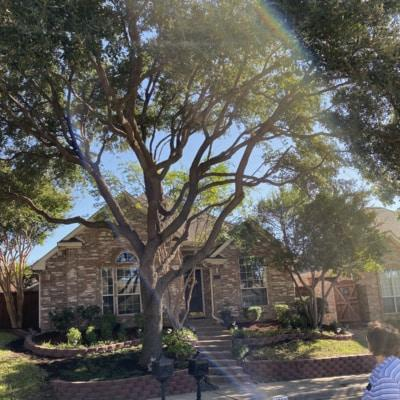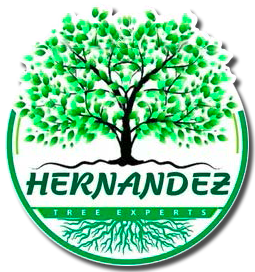5 Signs that a Tree Is Dying & Why You Should Have an Arborist Conduct an Inspection
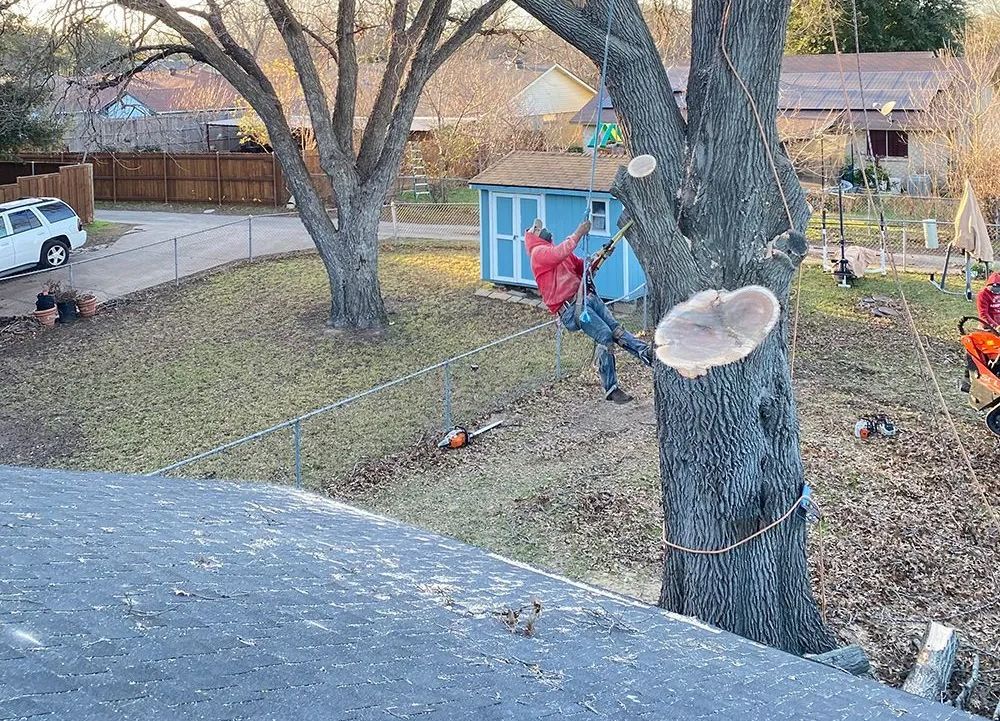
When a tree starts to decline, early detection is key to determining whether it can be saved or if removal is necessary to prevent hazards. At Hernandez Tree Experts, our local arborists can accurately identify dying trees, and then determine the appropriate course of action. Here are five common signs that a tree may be dying and that it’s time to bring in an expert.
Visible Decay or Cavities
One of the clearest indications that a tree may be dying is the presence of decay. This could include crumbling wood, dark fungal growth, or hollowed-out cavities in the trunk or limbs. These symptoms often indicate internal damage that can compromise the tree’s structural integrity. An arborist can evaluate how far the decay has progressed and determine whether the tree is stable enough to remain standing.
Bark Falling Off or Peeling
Excessive peeling or large patches of missing bark are signs of distress. If the bark is falling off and not being replaced, the tree may be suffering from disease. An arborist can identify the root cause of the problem and offer treatments or recommend removal if the tree poses a risk.
Sparse or Discolored Leaves
Leaves offer one of the first visual clues that a tree is struggling. If the canopy is thinning, or if the foliage is turning yellow or brown out of season, the tree may not be receiving enough nutrients or water. These symptoms can point to root problems, disease, or environmental stress. The arborist will know how to check for potential issues affecting the tree’s health.
Dead Branches
Dead branches that fail to produce new growth in spring or summer are another sign that the tree is in decline. If you notice several brittle, lifeless limbs—especially in the upper crown—it could mean the tree is no longer distributing nutrients effectively. This is also a safety concern, as dead branches can fall without warning.
Fungal Growth at the Base
Fungi growing around the base of a tree are often signs of root rot or internal decay. These fungi thrive on dead or dying wood, and their presence may signal that the roots or lower trunk are severely compromised. The arborist can determine whether the tree is salvageable and whether its root system poses a danger to surrounding structures or people.
Tree Removal in Plano, TX
For an experienced
arborist in Plano and the surrounding area, contact
Hernandez Tree Experts at
(214) 309-8681. Feel free to give us a call to request an arborist estimate in Plano!
